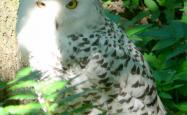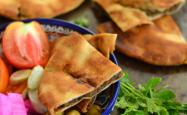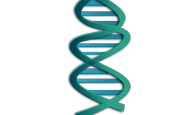Use of human body tissue and fluids: Is it ok to use human body tissue or fluids such as cheek cells or tears in science experiments in schools?

Use of human body tissue and fluids: Is it ok to use human body tissue or fluids such as cheek cells or tears in science experiments in schools?
Biology Depth Studies: Can you suggest ideas for (NSW) Depth Studies in biology?
Method for testing pH and catalase in liver: I am looking for materials and method for a

This Connected Learning Experience introduces the idea of animal habitats.

This online resource looks at the digestive system.

This CLE covers the concepts of environmental adaptation.
Year 12 Biology (Rennet). Dear Sir or Madam, I am just wanting to source Rennet for Yr 12 Bio experiments. We have previously used 'Simply Junket' powder, which is now very expensive.

This CLE covers the topic of genetic inheritance.
This downloadable resource is a Standard Operating Procedure (SOP) and detailed method, including photographs, of how to perform an eye dissection.